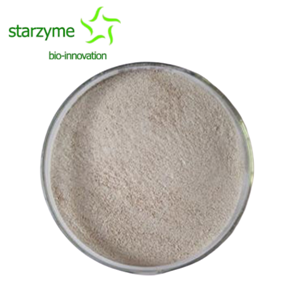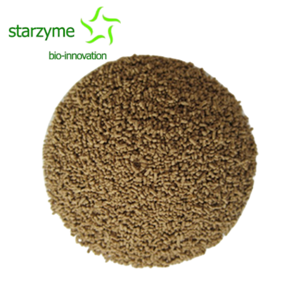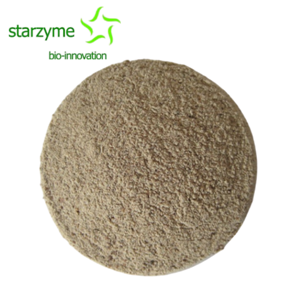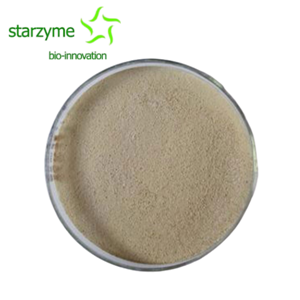Why Is Bacillus Subtilis So Widely Used? PART 3
"Work from recent years has transformed our view of what B. subtilis can do within the GI tract of animals. In the past, B. subtilis was thought to be an obligate aerobe that simply transited through the mostly anaerobic GI tract as a spore. Therefore, any benefit incurred by its consumption was thought to be due to some intrinsic property of the spore. Recent evidence, however, suggests that B. subtilis can complete its entire life-cycle within the GI tract going from spore to vegetative cell and sporulate again. In fact, growth within the GI tract must be robust enough such that it can out-compete pathogens like E. coli in poultry GI tracts when administered orally." In summary, current data suggest that B. subtilis' apparent ubiquity is not solely a consequence of spore persistence in these environments. Instead B. subtilis appears to grow in diverse environments including soils, on plant roots, and within the GI tract of animals. (Earl, Losick, Kolter, 2008).
Today we find ourselves in a golden age of genomics thanks to increasingly facile methods for generating, assembling, and analyzing large amounts of sequence information 23. We no longer need to rely solely on isolation geography, behaviors in the laboratory, or anecdotal reports to gather a picture of a species' ecology. In addition, we can investigate the genes present or absent in any strain of interest. The identity of the proteins predicted to be encoded in an organism's genome can reveal much about that organism's lifestyle and the habitats where it resides. (Earl, Losick, Kolter, 2008).
Finally, it appears that transformation may indeed help drive the evolution of B. subtilis. Under laboratory conditions, strains can take-up and recombine exogenously added genomic DNA from relatives 58. This can occur even between subspecies although the number of recombinants goes down as relatedness decreases, a phenomenon termed sexual isolation 58. Also early experiments using sterilized soil microcosms monitored what happened when differentially “marked” variants of strains were mixed 59. Such exchange was observed even between different species, e.g. B. subtilis and B. licheniformis 60. However, the results observed were likely biased by the choice of strains as both laboratory strains used are known to be much more highly transformable then wild strains. The “hybrid species” recombinants were also unstable suggesting that the results may not be relevant to what is occurring in nature. It does appear, however, that wild populations of B. subtilis do indeed recombine their genes in nature 30. How this exchange is mediated – by transformation, transduction or conjugation – is yet to be determined. (Earl, Losick, Kolter, 2008).
In summary, B. subtilis is a widely adapted bacterial species, capable of growing within myriad environments including soil, plant roots and the GI tracts of animals. The B. subtilis 168 genome sequence has been an important tool in aiding our understanding of how growth within some of these environments is possible. It is now clear, however, that the B. subtilis 168 genome does not tell the entire story. M-CGH analyses have revealed great variability among the genes of different members of the species. (Earl, Losick, Kolter, 2008).
Earl, A. M., Losick, R., & Kolter, R. (2008). Ecology and genomics of Bacillus subtilis. Trends in Microbiology, 16(6), 269–275. https://doi.org/10.1016/j.tim.2008.03.004.




